By Terry Gore
In the early 13th century, the Baltic frontier in central Europe remained a hostile and uninviting place. Pagan Europeans far outnumbered Christians, and the area was a focal point for constant conflict between mutually exploitive neighbors slavering to carve out new territorial holdings at the expense of anyone who stood in their way. During this period, two major outside forces came into play. One was the zealous Teutonic Order, German-born warrior knights who considered it a holy crusade to subdue and vanquish the pagans—and the Russians, too, for good measure. The other force was the Mongols, Asian nomads who first had invaded western Europe in 1223, advancing all the way to the gates of Vienna in two short decades before heading back home upon the death of their great leader, Ogadai, son of Genghis Khan.
The indigenous people inhabiting the Baltic frontier spoke various languages, from Baltic in the south to Finnish in the north. Exotic and mystifying, they were a source of morbid fascination to more westernized Europeans. Traveling monk Adam of Bremen wrote of the Balts in the 11th century, “They worship serpents and birds and also sacrifice to them live men whom they buy from merchants.” They fought continually, raiding their neighbors in Scandinavia and Russia in search of women, loot, and slaves. Theirs was an inhospitable land whose brutal weather made lengthy campaigns difficult. The weather was acceptable only for brief periods from May through June and August through September. Winter was actually a better time for campaigning—the dense forests were impossible to traverse, but frozen rivers, lakes, and streams could be crossed easily when iced over.
The Teutonic Order Stuck Deals to Expand Its Power and Influence
Early in the 13th century, King Andrew of Hungary asked the master of the Teutonic Order, for help against the problematic Cuman raiders in Transylvania. Hermann agreed to lend his military aid for a price—he wanted land. The demand was duly met-and the fighting order pacified the area by 1225. When the order began to import colonists of its own from Germany, King Andrew ordered them to leave for fear that their growing power and influence would become a threat to his own kingdom. The Teutonic Order was not in any condition, numerically, to fight an all-out war with Hungary, so Hermann grudgingly complied, putting his expansionist efforts to work in another land close at hand—pagan Prussia.
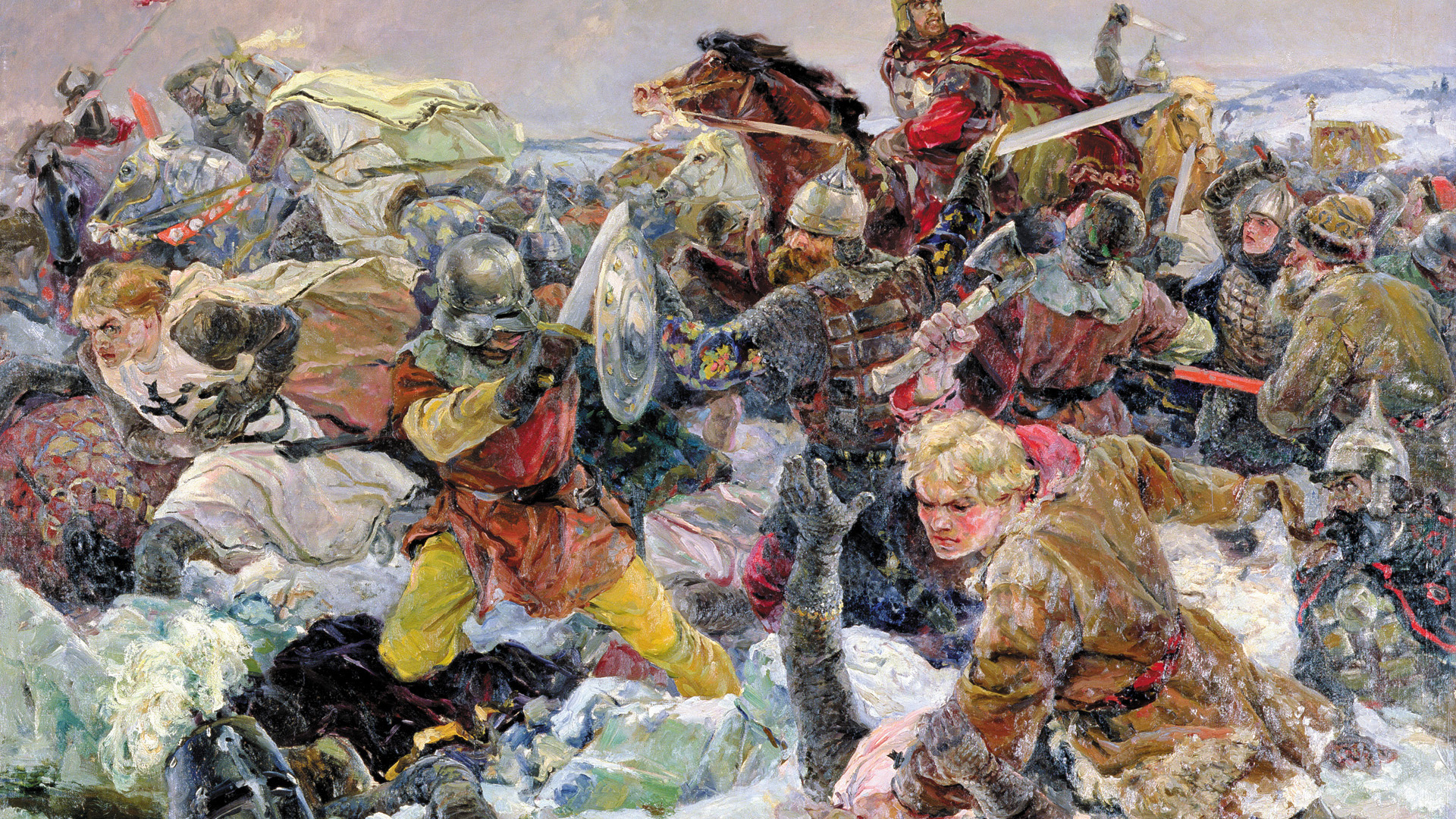
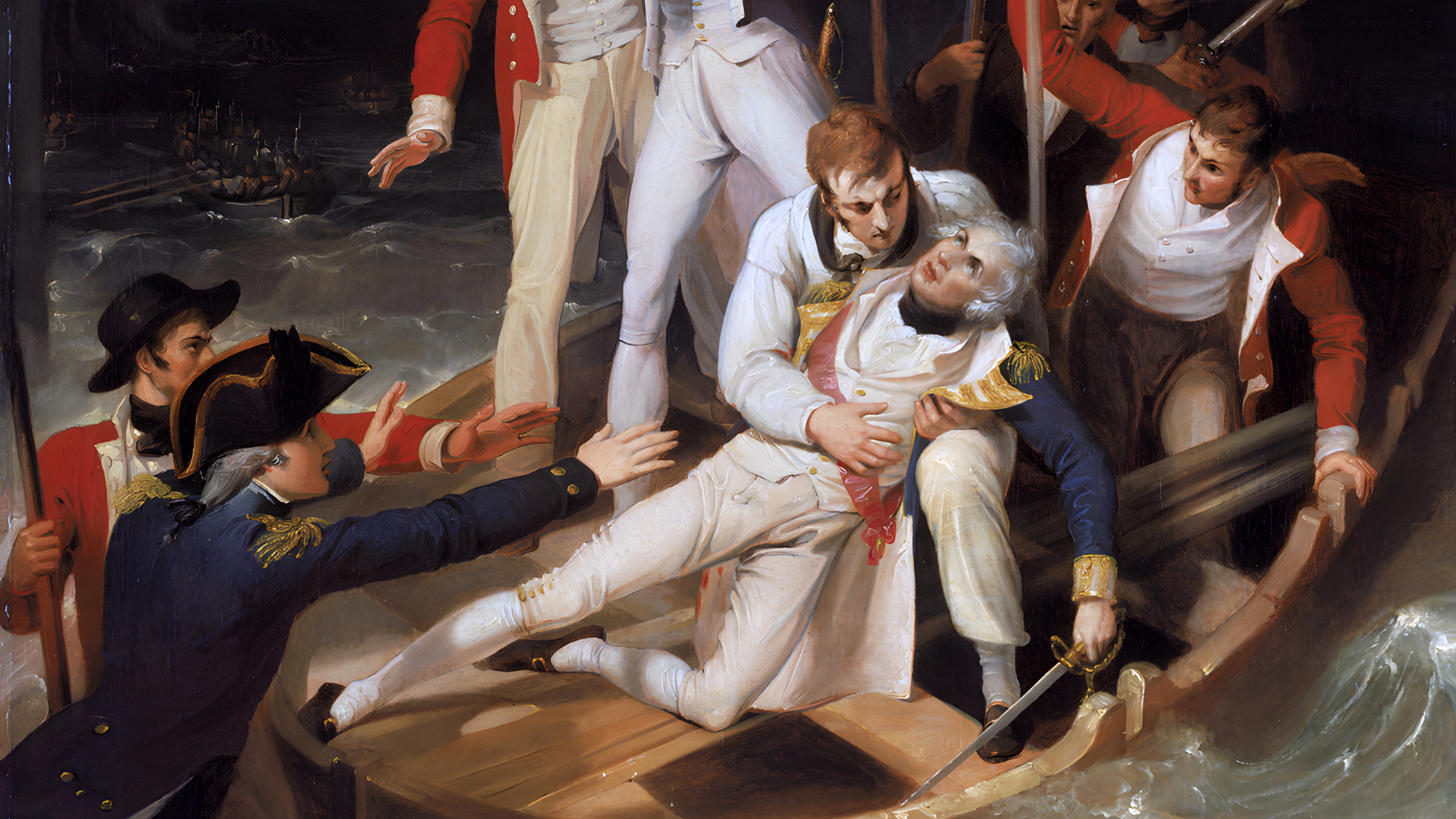
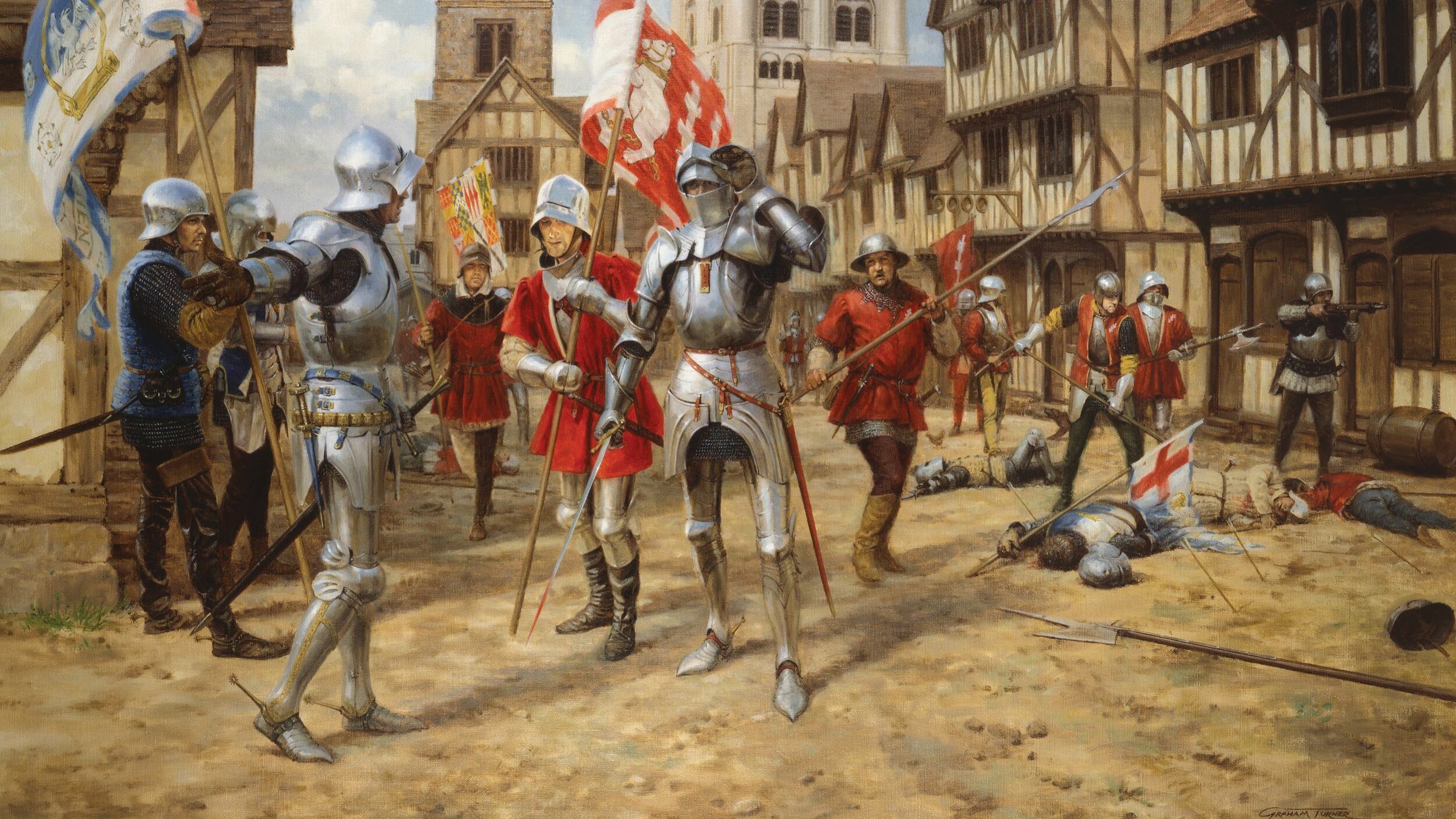

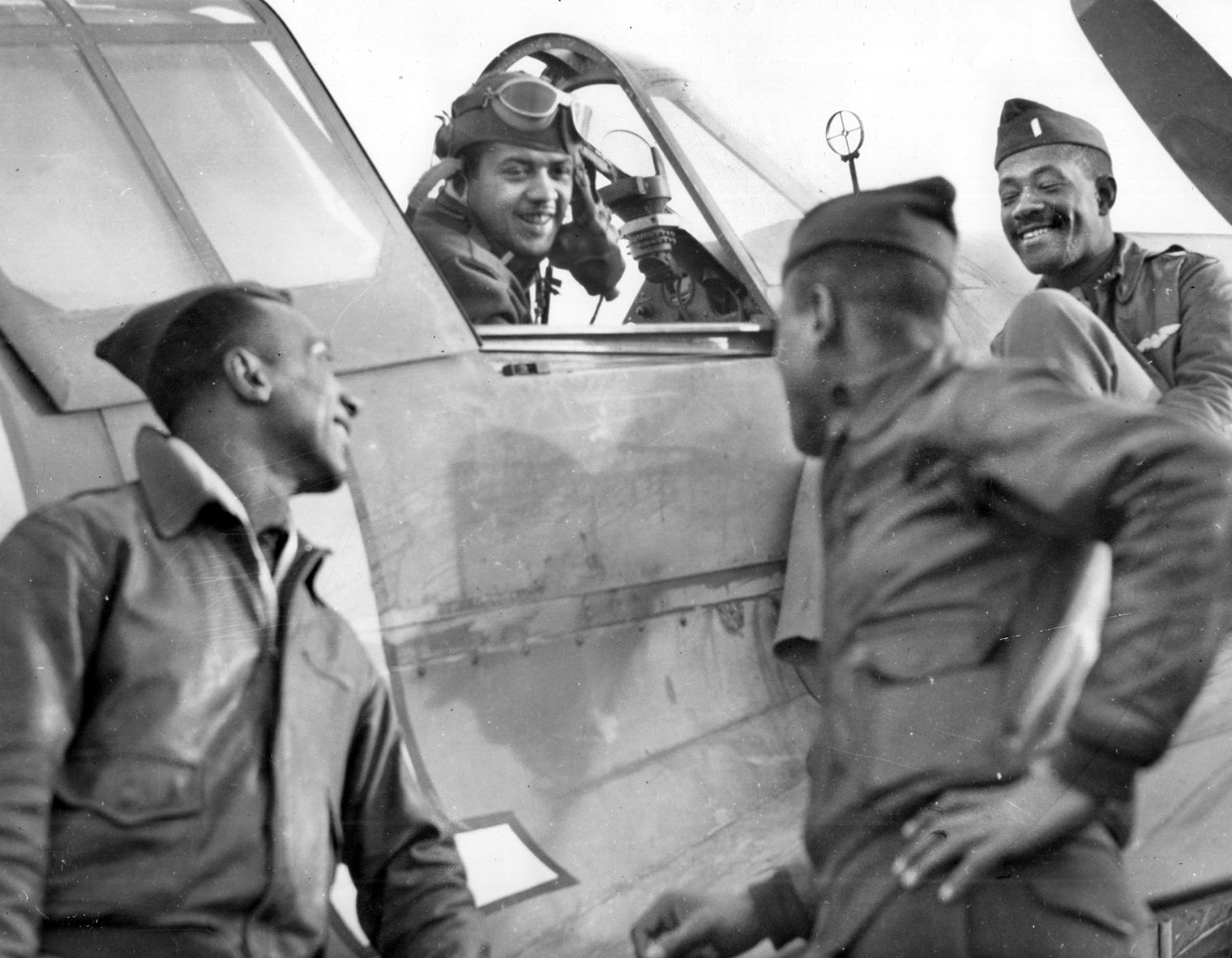
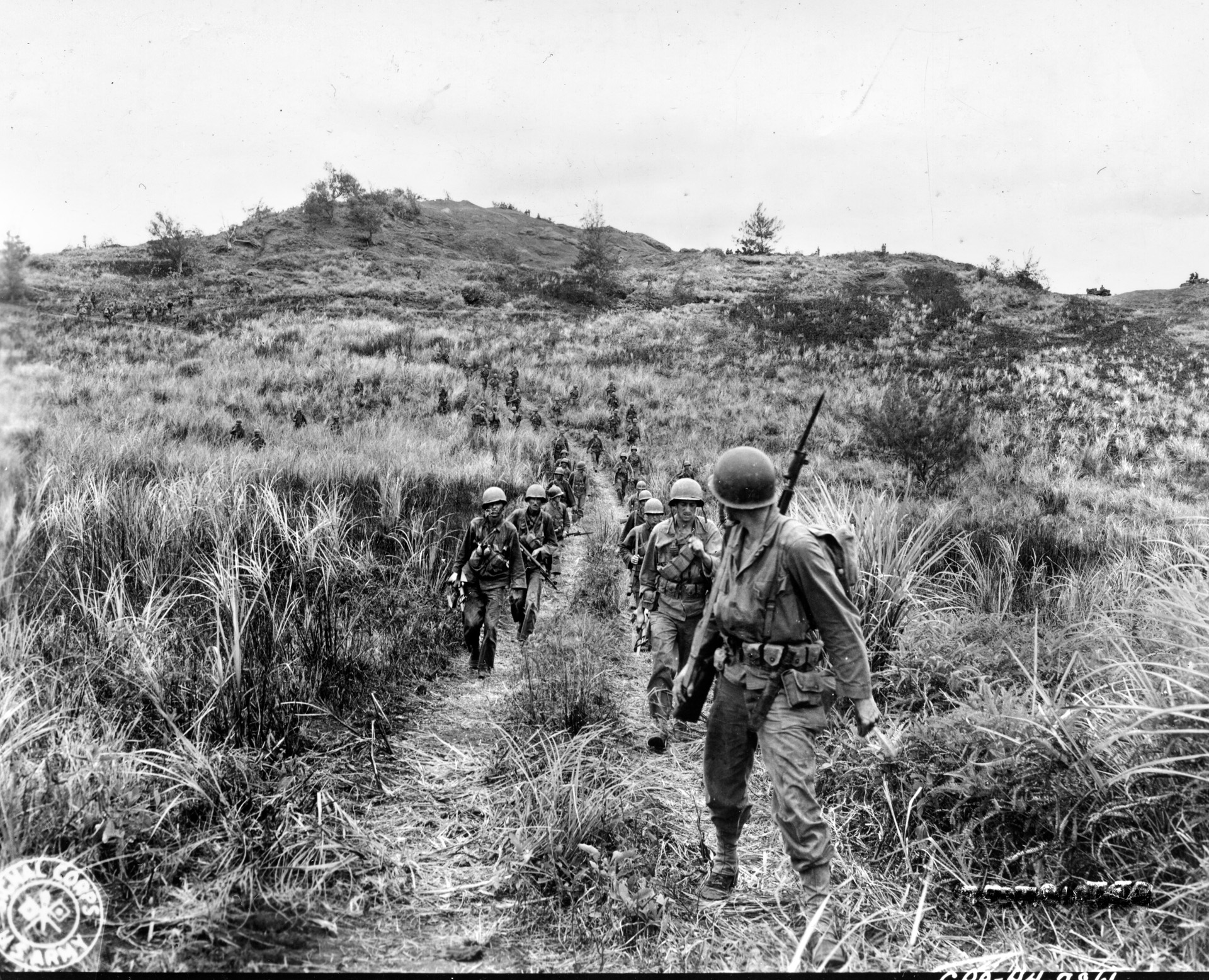

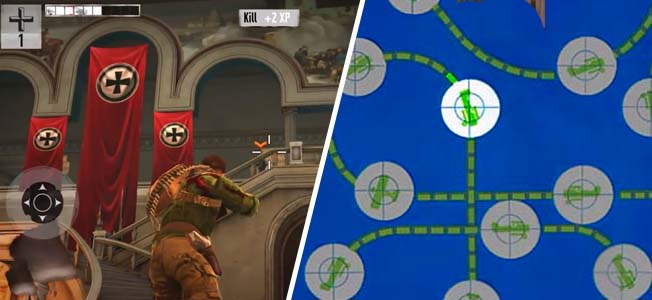
Join The Conversation
Comments